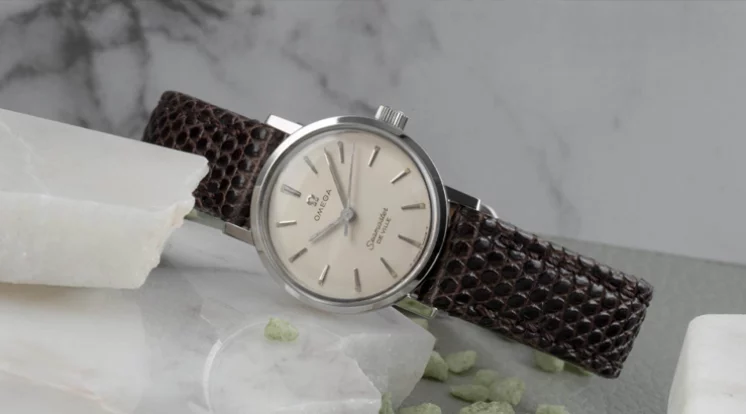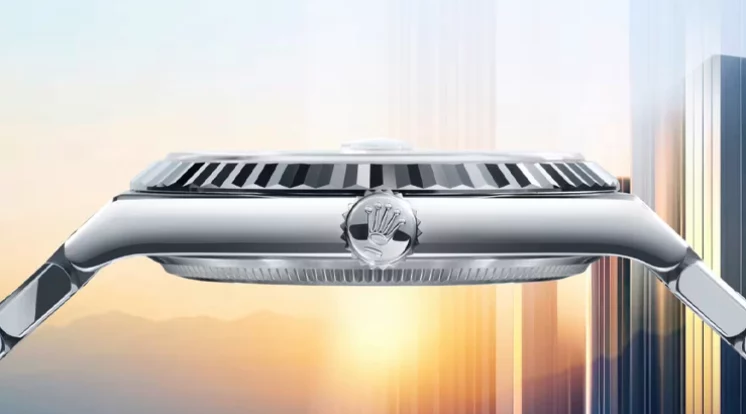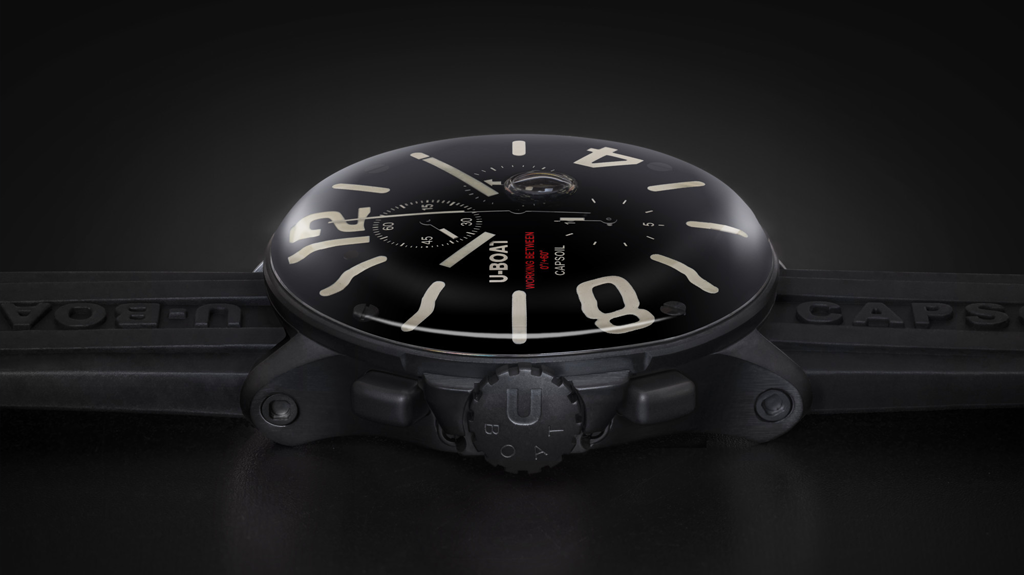
In the ever-evolving world of horology, where skeletonised tourbillons and ultra-slim movements tend to grab attention, there’s a quieter, more fluid revolution taking place – quite literally – the oil filled watch.
While traditional watches rely on air-filled cases and standard lubrication, oil filled watches flip that concept on its head. Instead of keeping liquid out, these timepieces utilise it. The result? Enhanced legibility, extreme depth resistance, and a wrist presence that’s as cool as it is clever.
In this 10to2 Journal entry, we dive into the world of oil filled watches – where they came from, how they work, what makes them special, and which models deserve your attention.
What is an oil filled watch?
An oil-filled watch is exactly what it sounds like, a watch where part of the case – usually the dial element – is filled with oil. But this isn’t your typical watch lubricant. It’s full immersion of the display layer, not the mechanical movement itself. In high-end models like those from Ressence, the hands and dial components are suspended in a sealed chamber of oil, completely separated from the dry mechanical movement via a magnetic coupling system.
The effect? A dial that looks hyper-real, almost digital in its contrast. The oil eliminates internal reflections, making the display appear perfectly crisp from any angle. Even underwater – where light typically refracts and make most dials difficult to read – an oil-filled dial stays razor-sharp and crystal clear.
It’s also important to distinguish between oil immersion (what we’re talking about here) and oil lubrication (used in traditional mechanical watches).
- Oil lubrication refers to the microscopic application of oils to pivot points and gear teeth in a movement. It reduces friction but must be done sparingly – too much and movements fail.
- Oil immersion on the other hand, involves filling a whole compartment with oil. This isn’t about movement mechanics – it’s about enhancing visibility, durability, and resistance.
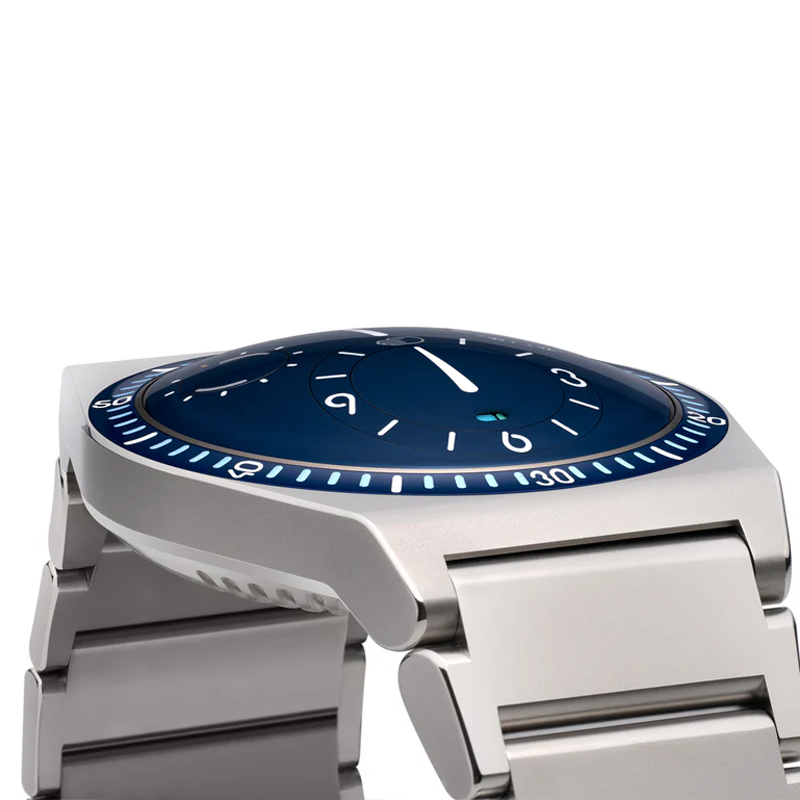
How do oil filled watches work?
The fundamental idea is to immerse the watch display in oil, while keeping the mechanical movement sealed off in a separate, dry chamber. This means the oil doesn’t interfere with the gears and springs, which rely on precise tolerances – it only improves visibility and pressure resistance.
Most oil filled watches operate on a dual-chamber system:
- The upper chamber (where the dial and hands live) is filled with oil.
- The lower chamber houses the dry movement.
- A flexible membrane or bellow system separates the two, compensating for volume changes as temperature or pressure shifts.
This engineering marvel allows the movement to tick away safely, while the upper display benefits from the optical magic of being suspended in fluid. Some quartz models go one step further and fill the entire case – movement and all – with oil. These are typically simpler to execute and offer insane depth ratings.
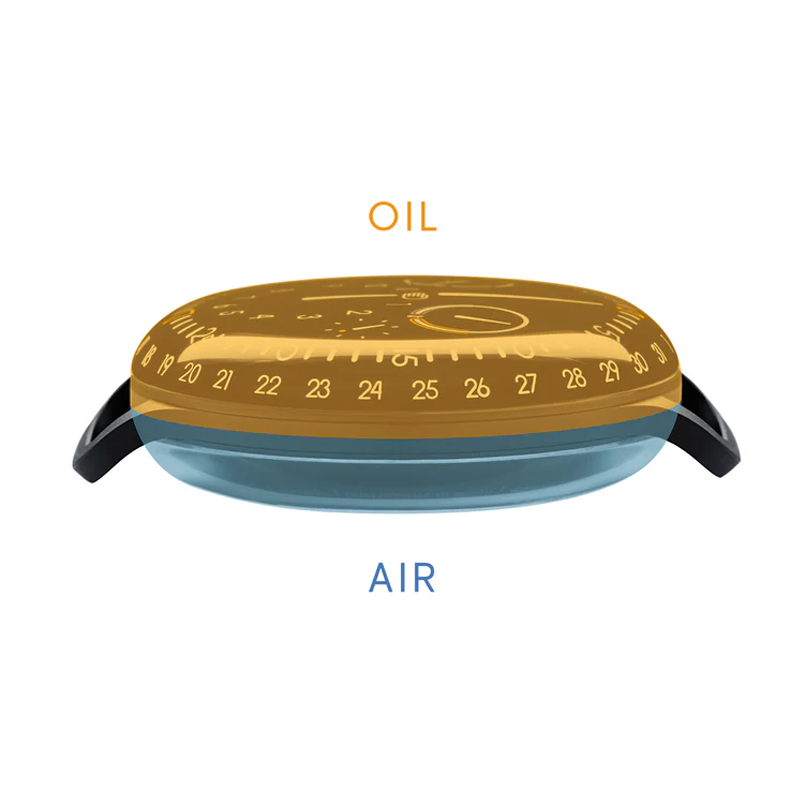
Why use oil?
Oil-filled watches typically use synthetic oils and specialised silicone-based fluids. Let’s break down the advantages of an oil fill watch:
1. Improved legibility
Ever struggled to read your watch at an angle or under bright light? Oil immersion removes internal reflections caused by air gaps between the crystal and dial. Light passes straight through the crystal and into the oil, making the dial appear incredibly flat and high-contrast. It’s kind of like reading text off a Kindle screen compared to a glossy tablet.
2. Unreal water resistance
Air compresses under pressure – oil doesn’t. That’s why quartz watches like the Bell & Ross Hydromax (which is oil-filled) can reach water resistance ratings of up to 11,100 metres – securing it a place in The Guiness Book of Records. Not that you’ll ever need 11,100m of water-resistance, but still… it’s nice to know and tell others about.
3. Fog and condensation resistance
Because there’s no air inside the display chamber, you can’t get fogging. So, whether you’re deep underwater (maybe not 11,100 metres), trekking through the jungle, or just hopping in and out of hot tubs (lucky you), the oil filled display stays perfectly clear.
4. Temperature tolerance
Oil helps distribute temperature more evenly within the watch. Combined with clever case materials and membranes, it allows watches to perform in extreme heat or cold – ideal for polar explorers or overenthusiastic hikers.
Ressence, leading the way in oil-filled watches

If oil filled horology had a king, it would be Ressence, founded by Belgian industrial designer Benoît Mintiens in 2010. The eye-catching designs of Ressence, strip back watches to display time in a truly unique, yet pure fashion. All the models in the range are designed with the wearer in mind, championing functionality, but in no way ignoring aesthetical pleasure. The full line up of Ressence watches is currently: TYPE 1 Round, TYPE 1 Squared, TYPE 2, TYPE 3, TYPE 5, TYPE 7, TYPE 8, and TYPE 9. Let’s take a deeper look into some of the range.
Ressence TYPE 3
Often recognized as their flagship – a mechanical watch that looks like a digital screen thanks to its oil-filled dial. The Ressence Type 3 uses a patented ROCS (Ressence Orbital Convex System) module to rotate subdials across the display, creating a fluid, ever-changing aesthetic.
The movement is kept entirely dry, separated from the oil-filled upper chamber by a magnetic transmission and bellows. There’s no crown – you set the time and wind it via the caseback. It’s modern art meets mechanical precision, with a total of 215 parts. The pebble like design comes in at 44mm, in white, two blacks, and a soft unoffensive soft green, coined as ‘eucaplyptus’.
The current price of the TYPE 3 is roughly £43,500, or €50,600.
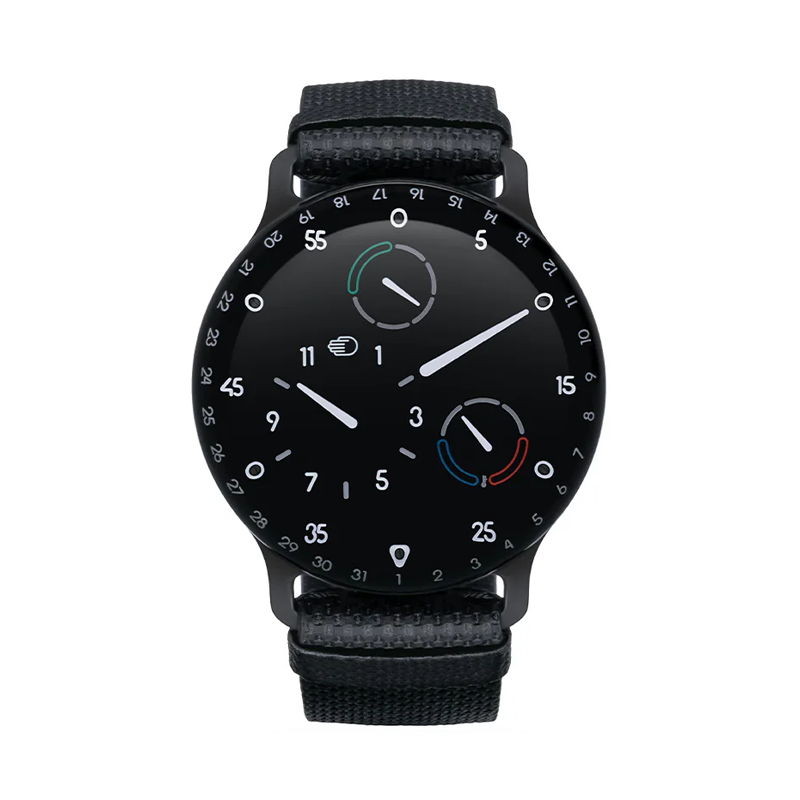
Ressence TYPE 5
The Ressence TYPE 5 is designed as the dive model in the range. It’s ISO-certified, fully legible underwater thanks to the use of oil, and arguably one of the most futuristic-looking oil filled watch ever made. The TYPE 5 is water-resistant up to 100 metres and meets ISO 625 standards.
Similar to the TYPE 3, the TYPE 5’s design takes inspiration from nature, with Ressence comparing their signature curved case on the TYPE 5 to a sea turtle. It has a slightly larger diameter compared to the TYPE 3, at 46mm.
In addition to the oil improving legibility, the Ressence TYPE 5 includes Super-LumiNova, ensuring time reading is as easy and beautiful at night, as it is in day.
The TYPE5 starts at €45,700/£39,000, and up to €50,600/£43,500 for the TYPE 5 Black Black edition.
We have only dipped our toes (pun intended) into the oil-filled Ressence range, but would highly encourage anyone unfamiliar with them to explore their unique artistry.

Others making waves in oil filled watches
While Ressence rules the mechanical side, there are a number of other brands with oil-filled models, benefiting from enhanced legibility and water-resistant functionality.
Bell & Ross Hydromax
The Bell & Ross Hydromax is one of the unsung pioneers of oil-filled dive watches. Released in the late ’90s, it was the first to crack the code of extreme depth ratings by using a fully oil-filled case. It didn’t just flirt with pressure resistance – it obliterated the scale entirely. Sadly, it’s no longer in production, but it’s still legendary in deep-sea circles.
- Movement: Quartz
- Size: 39mm
- Depth rating: 11,100 metres (yes, really)
- Features: Completely oil-filled case, unmatched pressure resistance, ultra-legible dial at any angle
- Colours: Primarily black dial with white markers
- Price: Only available on the pre-owned market; expect £1,500–£5,000 depending on condition and box/papers
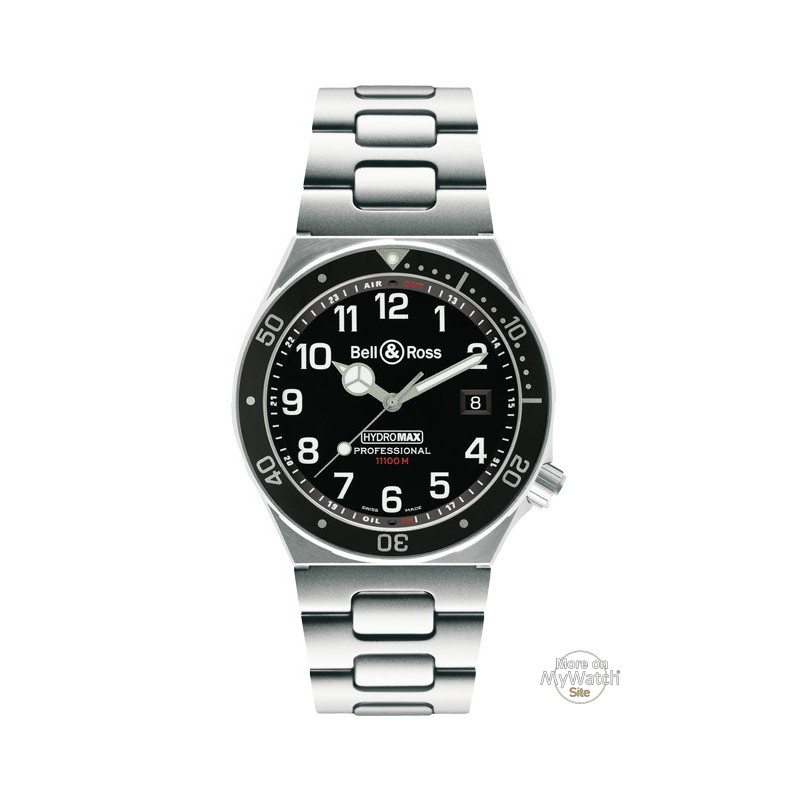
Sinn UX (EZM 2B)
The Sinn UX is built like a tank, filled with oil, and originally designed for the German Navy’s elite diving units. The Sinn UX strategically places the crown at 4 o’clock to prevent pressure on the back of divers hands. A large dial, crisp legibility, tool-watch functionality, and no-nonsense design make it a cult favourite among serious divers and rugged desk warriors alike.
- Movement: High-precision quartz movement (ETA 955.652)
- Size: 44mm
- Depth rating: 5,000 metres
- Features: Full oil immersion, case made of German submarine steel, sapphire crystal glass, temperature resistance from -20°C to +60°C
- Colours: Black dial with luminous white markers and red or white seconds hand
- Price: Approximately £2,000–£2,200 new; around £1,400–£1,700 pre-owned

U-Boat Capsoil
The U-Boat Capsoil may not boast the same water-resistant extreme depths as other oil-filled watches, but It’s bold, brash, and striking. Instead of hiding the oil, U-Boat embraces it, letting an air bubble roam free under the crystal. It’s more art piece than precision diver, but that’s the point – this one’s all about attitude.
- Movement: Swiss electro-mechanical movement
Size: 45mm - Depth rating: 100 metres
- Features: Domed crystal with visible oil and moving air bubble, chronograph variants available, screw-down crown
- Colours: Typically black dials, but also available in brown, bronze and limited-edition colourways
- Price: Around £1,500 for quartz models, up to £2,200 for automatic chronographs
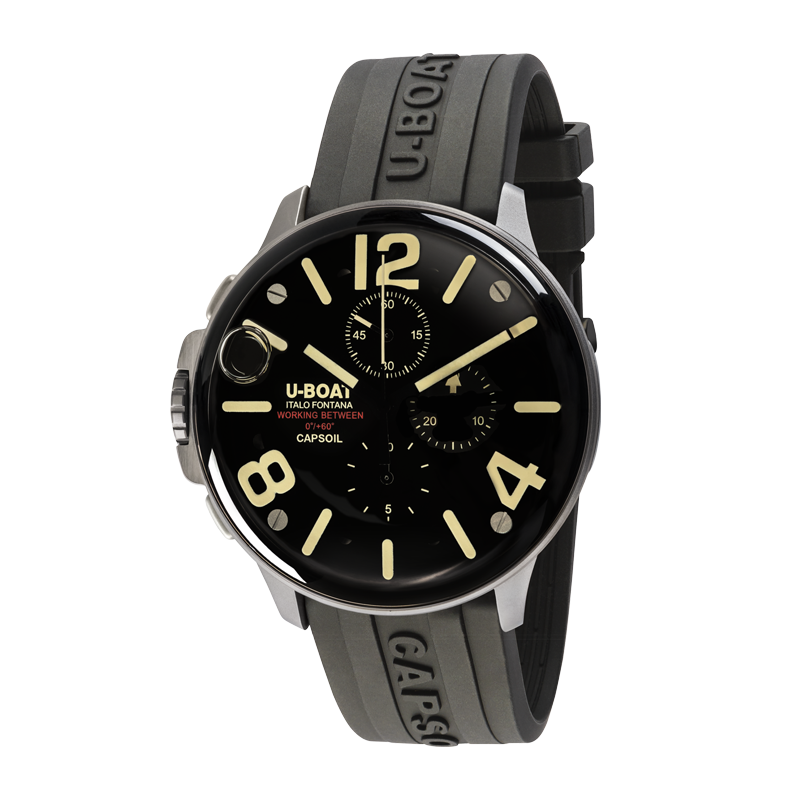
The wildcard – a modded Seiko Prospex Tuna
Some enthusiasts have filled watches such as the Seiko Tuna with oil, for enhanced performance and aesthetics. Not factory-standard, but fascinating nonetheless. A great example is from Reddit user PM_me_ur_tourbillon. They took oil-filled innovation into their own hands by modifying a solar-powered Seiko SBDJ028 Fieldmaster, a Japan-exclusive model from the iconic “Tuna” dive series. Wanting a maintenance-free watch that wouldn’t require battery changes, they filled it with 3M Fluorinert, a non-conductive fluid originally used to cool supercomputers. The result? A strikingly clear, fully sealed timepiece that showcases the unique visual appeal of oil filling, especially when paired with the watch’s subtly domed crystal.
It’s a brilliant example of enthusiast-level craftsmanship and a real testament to the dedication some collectors have for pushing the boundaries of what oil-filled watches can be.
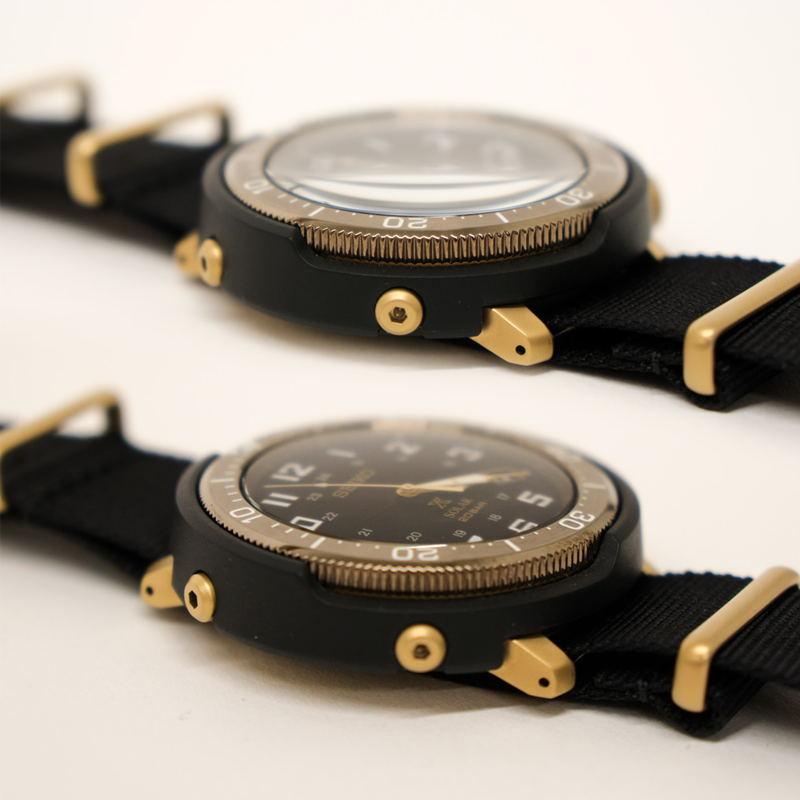
Potential issues with oil filled watches
We’ve covered all the advantages and impressive technical achievements of oil-filled watches, but oil immersion isn’t without its challenges:
1. Thermal expansion
Oil expands when heated. To prevent damage, watches need flexible membranes to absorb this change. If not managed well, you’ll end up with leaks or crystal pressure. As mentioned before, it this is managed effectively, oil can actually help distribute temperature more evenly throughout a watch and withstand extreme temperatures.
2. Service complexity
Servicing an oil filled watch requires specialised tools and knowledge. It’s not your average movement clean-and-lube job. Brands like Ressence and Sinn offer factory servicing, but turnaround and costs can be higher than what you would pay with a more traditional air-filled mechanical watch.
3. Limited mechanical options
Because oil and mechanical movements don’t always play well together, most fully filled watches are quartz. Ressence remains the rare exception – and they’ve spent years perfecting the tech.
Are oil filled watches worth it?
If you’re a collector, diver, or simply someone who appreciates clever engineering, the answer is yes – emphatically so.
- They offer unmatched readability, especially in challenging environments.
- They have legitimate technical benefits for water resistance and anti-fog.
- And they look completely unique, often becoming conversation starters on the wrist.
From the elegant innovation of a Ressence TYPE 3 to the rugged charm of a Sinn UX, the oil filled watch stands apart – not just because it’s different, but because it solves problems in a unique and stylish way.
Final thoughts
The oil filled watch might still be niche, but they are mesmerising and intriguing. What started as a functional solution for divers has flowed into a category that includes some of the most creative and visually stunning timepieces in the game.
Whether you’re eyeing the smooth digital-like dial of a Ressence, the brutalist cool of a Sinn, or just want to impress your mates with a bit of mastery not many people have, an oil fill watch offers more than novelty – it delivers performance, design, and storytelling.
In a world full of air-filled tickers, maybe it’s time to dive into something denser.

